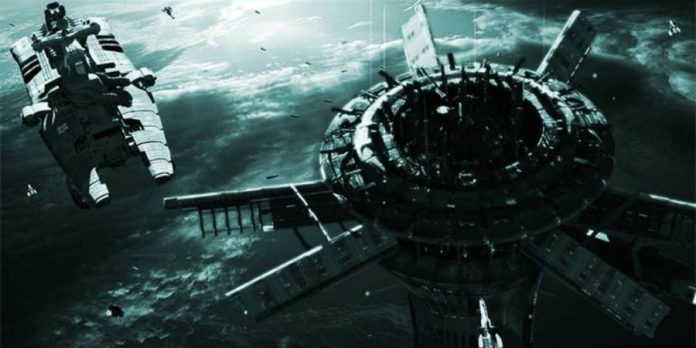
NASA’s associate administrator for Human Exploration and Operations, William Gerstenmaier, briefed the agency’s advisory council on the plans for their Journey to Mars. Next step: to build a deep space gateway near the Moon.
This mini space station would be significantly smaller than the ISS, and it would not have a fixed orbit. It would float in the vicinity of the Moon, where it would serve as a checkpoint for small space ships that will explore deep space.
Gerstenmaier also talked about the second phase of this plan that includes a deep space transport. It would serve as a shuttle to take astronauts to nearby destinations such as the Moon and Mars.
The Deep Space Gateway could start operating in the 2020s
Many have been quick to compare NASA’s announcement with the popular sci-fi show Stargate, but they are really different. However, NASA’s new outpost would connect Earth with future space stations.
“THIS DEEP SPACE GATEWAY WOULD HAVE A POWER BUS, A SMALL HABITAT TO EXTEND CREW TIME, DOCKING CAPABILITY, AN AIRLOCK, AND IT WOULD BE SERVICED BY LOGISTIC MODULES TO ENABLE RESEARCH,” the administrator said.
NASA believes the gateway could serve best as a free agent, meaning it will not be tied to any orbit. The engineers will equip it with thrusters so that it can move as the operators require.
The agency envisions the development and completion of this project in partnership with both public and private entities. The organizations that help with the project will likely have priority to use it which is an excellent incentive.
This proposal opens the door to firms like Elon Musk’s SpaceX and Jeff Bezos’ Blue Origin to work together in building the station. Both companies are working on space tourism, and having access to NASA’s Space Gateway might accelerate their projects.
Humans could set foot on Mars by 2030
A gateway is only a gateway if there are travelers that go through it, and these are precisely NASA’s intentions. Aside from rockets and capsules, the agency plans to develop a customized spacecraft to shuttle between the station and other planets. It’s called the deep space transport.
According to the projections, the space outpost would be ready by 2025, and if everything goes smoothly, NASA will launch a test flight in 2029.
The best possible scenario is that the Space Launch System rocket and the Orion capsule embark on the first manned journey to Mars conducted by a national space agency in the early 2030s.
Source: NASA










